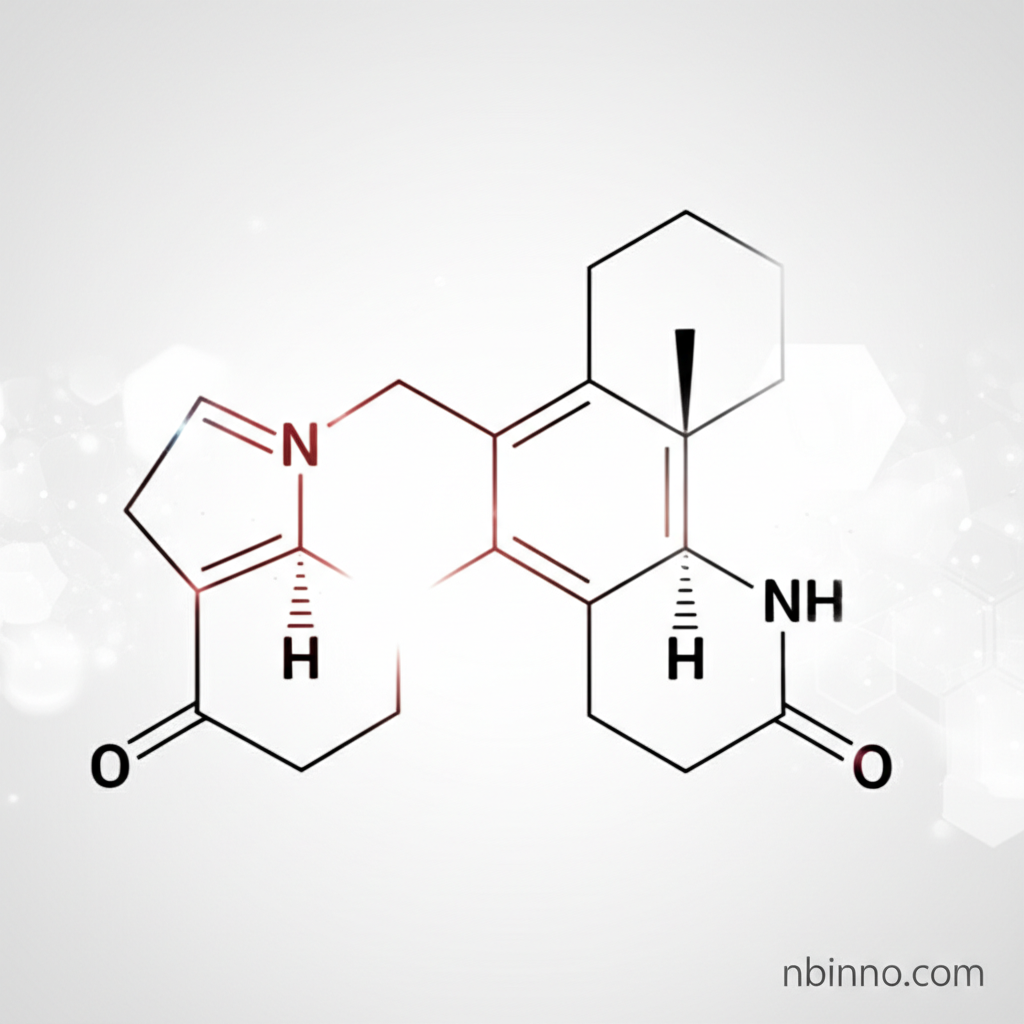Understanding Alpha-1-Acetylmethadol: Properties, Applications, and Market Insights
Explore the chemical and pharmacological profile of Alpha-1-Acetylmethadol for therapeutic and research applications.
Get a Quote & SampleProduct Core Value

Alpha-1-Acetylmethadol
This synthetic opioid analgesic, identified by CAS 1477-40-3, offers a unique pharmacological profile primarily used in the treatment of opiate dependence. Its extended duration of action and specific mechanism make it a noteworthy compound in pharmacological research.
- Explore the detailed Alpha-1-Acetylmethadol properties including its molecular formula C23H31NO2.
- Investigate the CAS 1477-40-3 chemical structure and its implications for synthesis.
- Understand the levacetylmethadol mechanism of action at opioid receptors.
- Learn about the use of LAAM in opioid dependence treatment and its long-acting nature.
Key Advantages
Extended Duration of Action
Alpha-1-Acetylmethadol is recognized for its long onset and duration of action, providing sustained therapeutic effects in opioid dependence treatment.
Active Metabolites
The compound undergoes extensive first-pass metabolism, producing metabolites that are more pharmacologically active than the parent drug, contributing to its therapeutic profile.
Pharmacological Research Value
Its distinct synthetic opioid pharmacology makes it valuable for researchers studying opioid receptor interactions and the development of new therapeutic strategies.
Key Applications
Opiate Dependence Treatment
As a maintenance therapy, Alpha-1-Acetylmethadol plays a crucial role in managing opiate addiction, offering a long-acting alternative.
Pain Management Research
Its potent analgesic properties are of interest in research for managing severe pain, particularly in terminal patients.
Pharmaceutical Intermediates
The compound can serve as a key intermediate in the synthesis of other pharmacologically active substances.
Pharmacological Studies
Researchers utilize Alpha-1-Acetylmethadol to explore opioid receptor pharmacology and the neurobiology of addiction.
